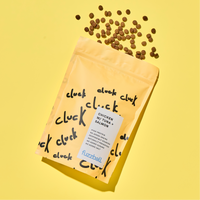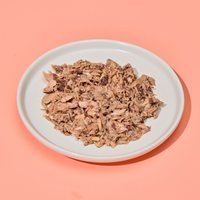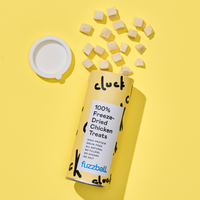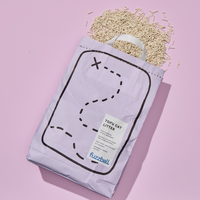Do Cats Need a Varied Diet? How to Keep Meals Exciting
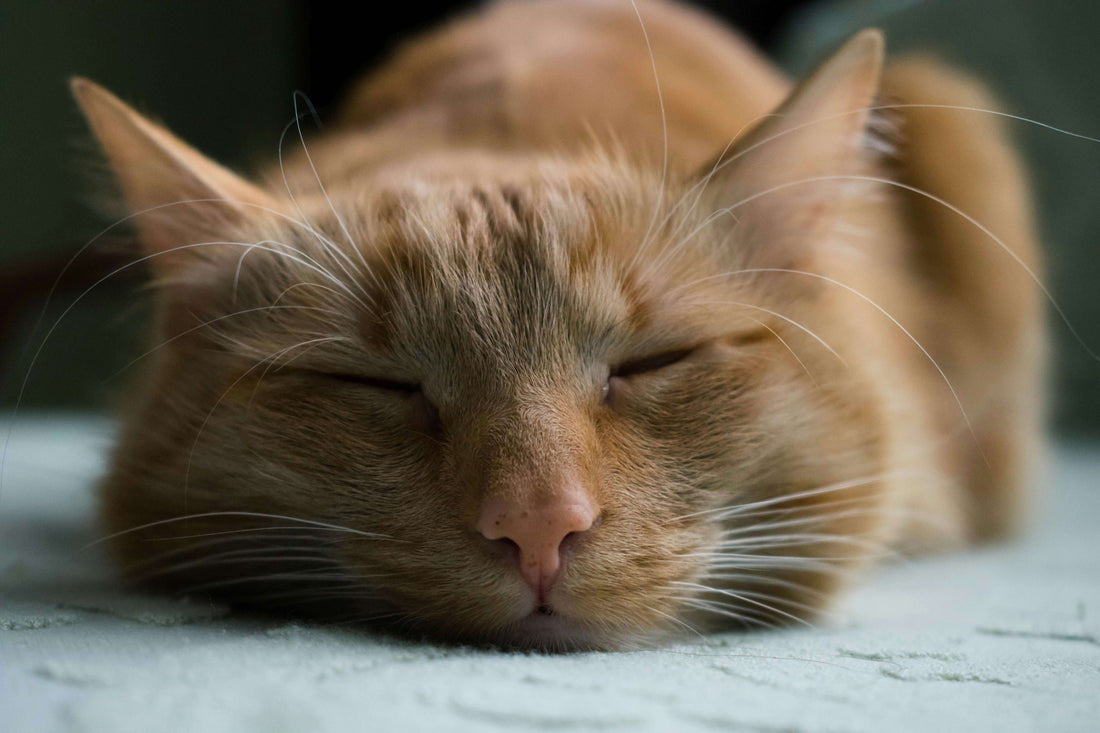
Cats are obligate carnivores whose digestive systems are designed to thrive on protein and fat from animal sources. In the wild, a cat eats a wide range of prey each day. That variety delivers not only energy but also different ratios of essential nutrients.
When domestic cats eat the same food every day, they may miss out on key vitamins and amino acids that only certain proteins supply. At the same time, offering the same texture and flavour can lead to picky eating or refusal when circumstances change.
By rotating between high-quality, life-stage-appropriate recipes and incorporating different formats such as wet pouches, kibble, and freeze-dried toppers, you ensure a broader spectrum of nutrients while engaging your cat’s hunting instincts.
Understanding Your Cat’s Nutritional Needs
A cat’s body depends on nutrients found only in animal tissues. Cats thrive on diets rich in animal protein to supply essential amino acids like taurine, which they cannot produce themselves and must obtain from their food. Protein also delivers vital B vitamins found abundantly in meat and organ ingredients, supporting energy metabolism and brain function.
Healthy fats from animal sources give your cat important nutrients like arachidonic acid, which helps keep their skin healthy and coat shiny. These fats also help the body absorb essential vitamins. Cats don’t need many carbohydrates because they struggle to digest starches. Moisture is just as important, and wet food provides the hydration cats need to support their kidneys and prevent bladder issues.
Fuzzball recipes begin with a single named protein source and are crafted to balance these elements naturally, without unnecessary fillers or excess carbohydrates.
Why Is It Important to Rotate Your Cat’s Recipes?
No single recipe can deliver every nutrient in the perfect amount each day. By offering different meals throughout the week, your cat gets a better mix of important nutrients like taurine, omega-3s, and B vitamins over time. Switching things up can also help keep mealtimes more interesting and encourage a healthy appetite.
New textures like smooth pâté or tender chunks spark your cat’s natural curiosity and make mealtimes more engaging. Offering variety also helps prevent fussiness, especially if a favourite food is ever out of stock.

Building a Balanced Rotation
To ensure your cat gets a variety of nutrients, rotate through two wet recipes and one dry food each week. For instance, serve chicken breast chunks on Monday and Tuesday, switch to Tuna on Wednesday and Thursday, offer crunchy Turkey and Salmon kibble on Friday and Saturday, and wrap up the week with a beef dinner on Sunday. This approach introduces different protein sources regularly while keeping your cat’s digestive system comfortable.
Introducing New Recipes Safely
Switching suddenly from one food to another can upset a sensitive stomach. Start by mixing a small amount of the new recipe into your cat’s usual food. On day one, serve 90 percent of the old food and 10 percent of the new. Each day after, increase the new food by 10 percent until, on day six, the meal is entirely the new recipe. If your cat shows signs like mild vomiting, pause the transition and stick with the current mix for two extra days. This gives their digestive system time to adjust and helps you spot any food sensitivities early on.
Making Mealtimes More Fun and Stimulating for Your Cat
Turning feeding into an interactive activity supports both your cat’s body and mind. Puzzle feeders slow down fast eaters, which helps prevent vomiting and guards against overeating. Hunting for small bits of food keeps your cat’s mind active, taps into their natural instincts, and helps prevent boredom-related habits like over-grooming or scratching. Physical engagement with a treat ball or forage feeder encourages movement, which burns extra calories and helps maintain healthy muscle tone.
Sprinkling a few freeze-dried treats on top of meals can make food more appealing, especially for fussy eaters or cats on limited diets. Adding a bit of fun and challenge to feeding time also supports digestion, a healthy weight, mental focus, and overall well-being.
How to Track and Adjust Your Cat’s Diet Over Time
Even with a good routine, your cat’s diet may need small tweaks now and then. Keep a simple feeding log with the recipes you serve, how much your cat eats, and any changes in their behaviour or appetite. Over time, you’ll spot what works best.
If your cat starts showing signs like itchy skin, ear scratching, or a sensitive stomach, stick to two recipes for a few weeks before slowly adding others back in. You can also check your cat’s body condition by gently feeling for their ribs and looking at their waist shape. If they start gaining weight, cut back a little on food or add in more playtime during feeding.

Common Feeding Pitfalls and How to Avoid Them
Here's a complete list of the feeding pitfalls and how you, as a cat owner, can avoid them:
|
Pitfall |
What can happen? |
How to avoid it? |
|
Overfeeding |
Extra calories can lead to weight gain and health issues. |
Weigh dry food with a gram scale and wet food with a kitchen scale or use tin markings. |
|
Free-feeding |
Cats may eat out of boredom or stress, leading to overeating. |
Split the daily food allowance into two or three set meals per day instead of leaving food out all day. |
|
Introducing too many new recipes at once |
It can upset your cat’s stomach or hide food sensitivities. |
Introduce one new recipe per week so you can watch for any signs of intolerance. |
|
Guessing portion sizes |
Makes it easy to feed too much or too little without realising. |
Always follow the feeding guidelines by weight, and adjust based on your cat’s activity level. |
|
Not observing reactions to new foods |
May miss early signs of sensitivity or dislike. |
Keep a short log of meals, appetite, stool consistency, and behaviour changes after new recipes. |
Keeping your cat’s meals exciting and balanced doesn’t need to be complicated. By offering a mix of recipes, introducing new foods slowly, and using interactive feeding methods, you support both their physical health and natural behaviours. With a bit of planning and care, mealtimes can be the highlight of your cat’s day.

